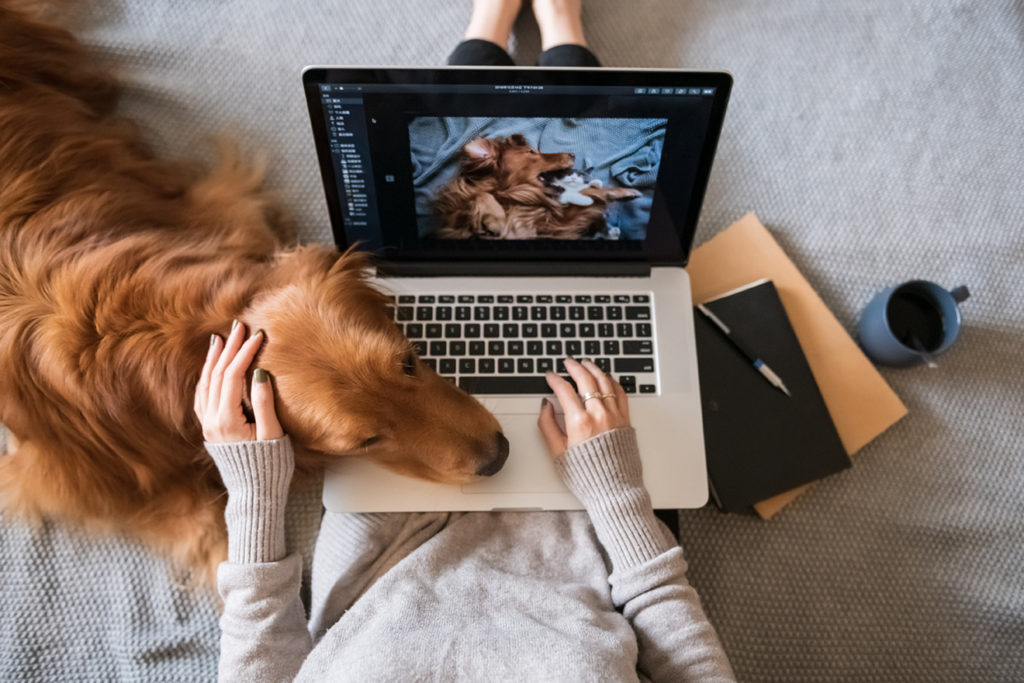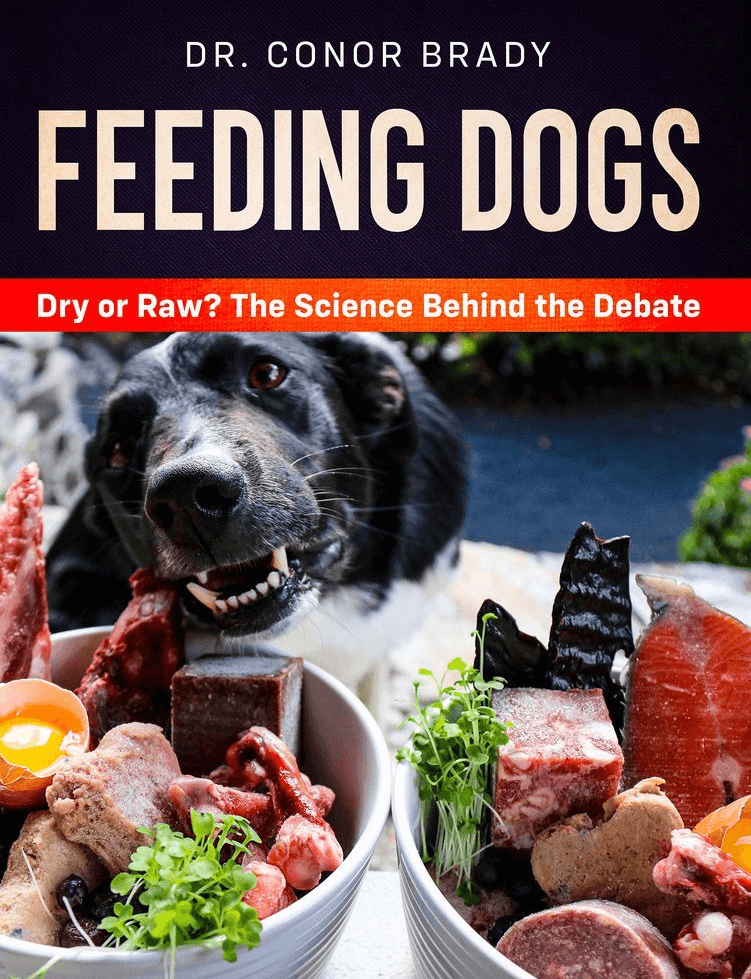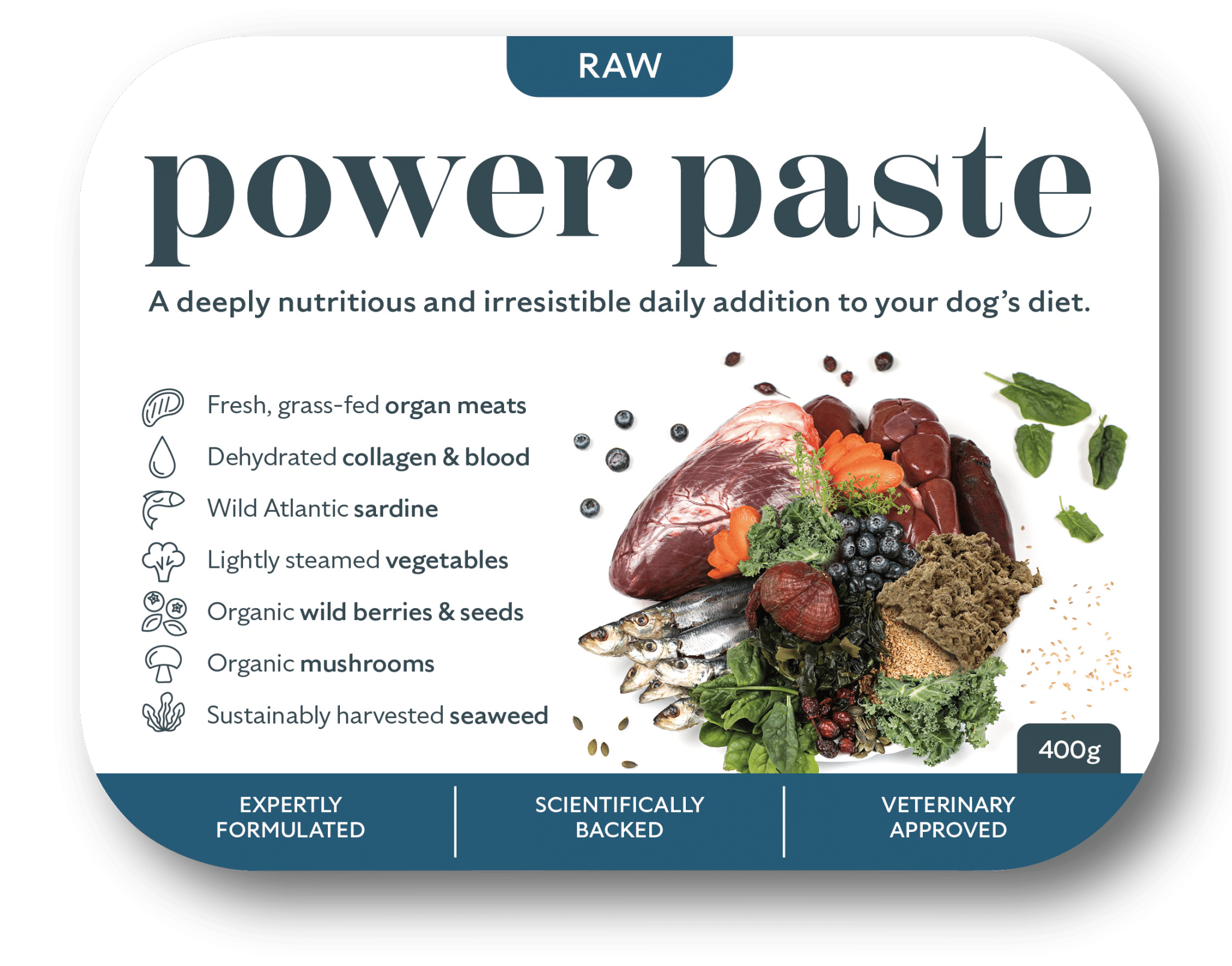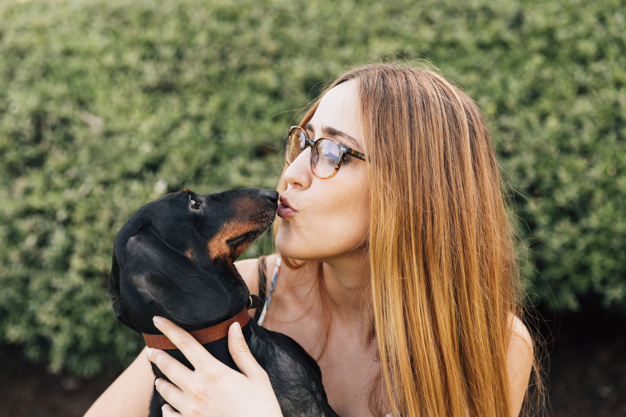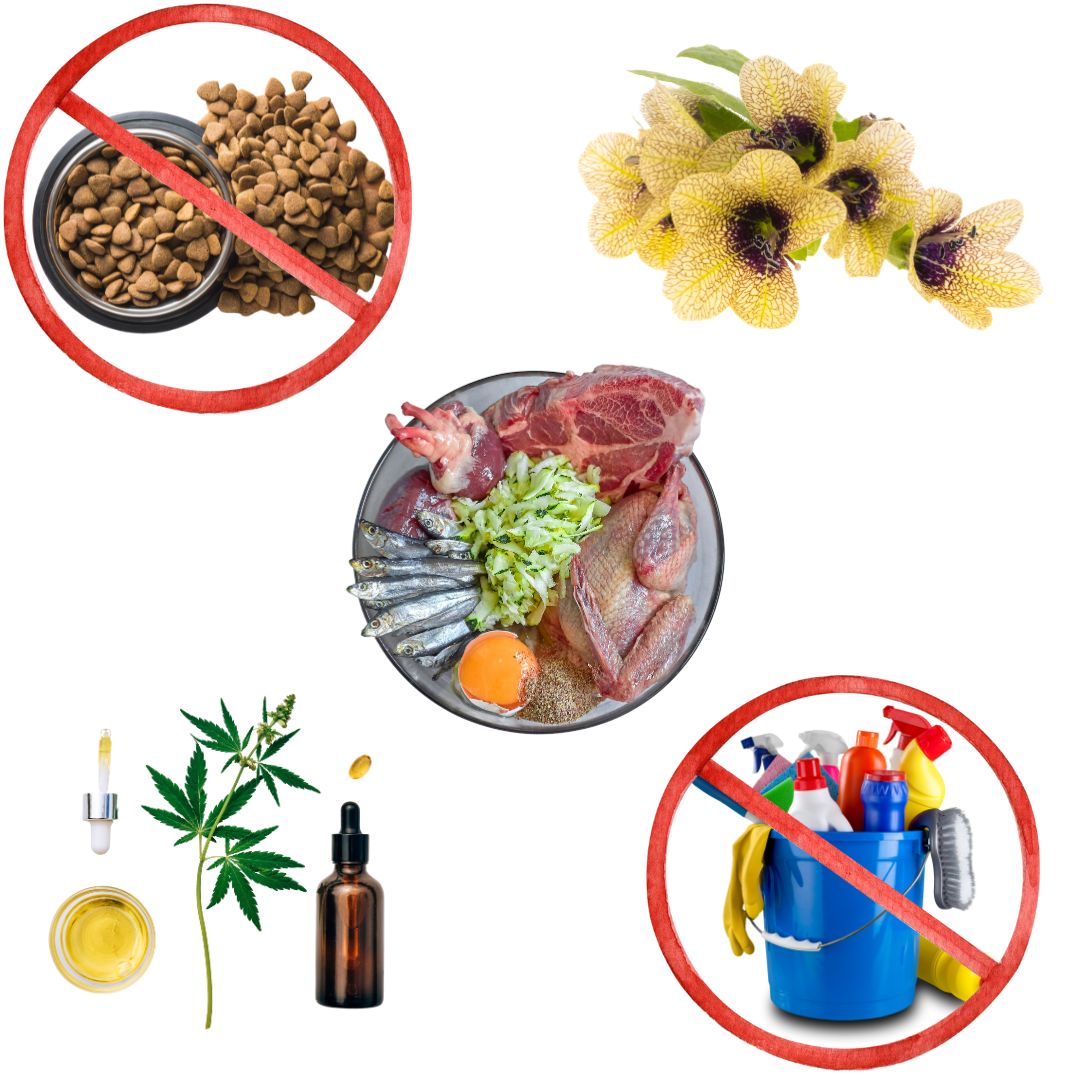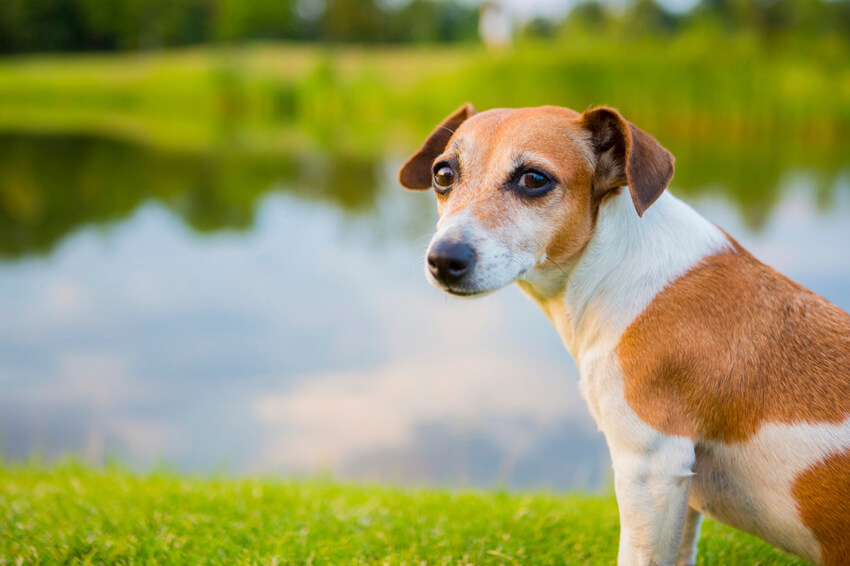Gut Inflammation and Too Many Soft Poos Is The Cause Of Anal Gland Issues In Dogs...
Anal gland issues are almost entirely a dry-fed dog phenomenon. They are greatly relieved with its removal. Below I will show you the cause and solution to your dogs issues.
I’m Dr Conor Brady, a canine nutritionist that specialises in gut issues. Below I tell you everything I know, including not only why your dog is likely sick but how to fix it. How do I benefit? For the most part, articles like this get folk on to my site and it gets me some attention. If you need specialised help you can book me for a consultation. Also, if I link to a product that is important for his recovery, I will track the link. If you buy it I will get a tiny bit of that sale.
What are the anal glands and why do they impact?
The anal glands, situated at 4 and 8 o’clock around the dog’s anus, are like two tiny nipples. Their function is to release pheromones on to the stool, to enable communication between dogs. This is why dog’s sniff each other’s butts. As faeces passes over the anal glands they are expressed, this causes the pheromones to be released.
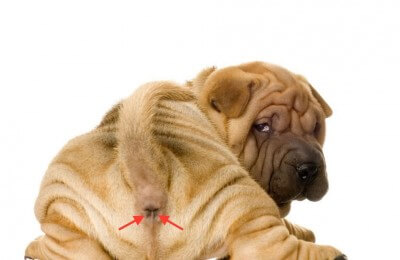
However, if the faeces is too soft, these will not be expressed. Over time, this results in a build-up of the anal glands, which can then become impacted. This is very sore for a dog and materialises by them dragging their bum along the ground in an effort to express them.
When this does not work, they require manual expression by the dog’s owner or a vet (see below, pretty graphic, best leave it to a groomer or vet as the stuff absolutely stinks). If left unattended they will build up and impact, causing severe pain, even rupturing, so they need to be attended to.
Soft faeces is the cause of a dog’s anal glands issues. It is most likely the dog is dry fed (as he has anal gland issues) as pelleted dry food increases the water content of stools (Stroucken et al. 1996). The question is why? There are two reasons – the first is the presence of too much indigestible plant fibre in the dry food and the second is food sensitivity.
To Understand Anal Glands in Dogs First You Need To Understand What Poo Is!…
Faeces (or stool) is the undigested leftover bits from food that has passed through the digestive system. A meal that is high in indigestible food will lead to larger waste material (i.e faeces).
If you eat a very digestible meal (like pasta) or chicken breast, it will produce very little waste as the body will digest and assimilate almost everything that went in. On the other hand, if you eat a meal full of less digestible material (like plant fibre) then more will make it out the other end.
This effect is magnified for carnivores. Plant fibre requires a long, slow digestive system with special gut micro-flora that is adapted to breaking it down, such as that of a cow. We omnivores with our shorter and relatively faster digestive systems, are a little worse at it. We have systems that need to accommodate a bit of meat and less fibrous additions.
Dogs and cats are carnivores. Left to their own devices they consume a diet of 97% animal protein. They have short, fast guts with stomach acids like battery acid, around pH1.5. They are designed to digest meat which by its nature is a very digestible foodstuff, void of all the indigestible fibre you get with plant material. Due to this, a dog generally has significantly smaller stools than an omnivore who in turn have smaller poos than a herbivore!
What Does the Ideal dog Stool Look Like?
A good dog stool is reasonably small logs or nuggets, though they will vary in size between breeds. As they do not contain much fibre, they are firmer and not as moist as human faeces. They should be relatively firm and easy to pick up, leaving a slight residue.
The Role Of Insoluble Fibre in Soft Poos…
Fibre moderates the speed that food passes through the digestive system. Indigestible plant fibre acts like a sponge in the stool, absorbing water from the surroundings. This has a bulking effect, making the stool wetter and softer, lubricating the stool and speeding up it’s arrival out the other end.
While the dog’s system is ideal for digesting meat it is really poor at digesting plant material. It doesn’t hold on to it long enough for digestion to occur. Even if it did they don’t house the necessary microbes to get the job done. And they don’t have the enzymes. And their teeth don’t grind down the rough plant material at point of entry.
The only fibre your dog really needs is that he sources from the hair or feathers on his prey, maybe some nails, maybe some leaves that stuck to his meal, maybe a bit of grass that they sometimes like to eat. They don’t need plant material. Lots of people (me included) use some plant additions (such as greens) in their dog’s diet to aid the flow of digesta through the gut as in general few of us are feeding whole animals with hair and feathers. The bif of plant fibre here is an attempt to replace that.
With this in mind, the addition of plant fibre to your dog’s diet will make his poos softer. If you are feeding a dry food that is high in crude fibre it may play a role in making his stool too soft. S
The Role of Food Intolerance in Soft Dog Poos…
The second cause of dog’s anal gland issues is food intolerance, most likely to wheat (gluten) and cooked protein. As highlighted in our popular Allergy in Dogs article, most dogs are suspected to be intolerant to wheat gluten. This means they can not digest it and the immune system around their guts becomes affected. This causes inflammation of the gut and the body trying to get rid of the problem as quickly as possible through the back door. This digesta is not well formed and is often soft to the point of being diarrhoea. However, wheat is not the only cost, and I urge you, if your dog has recurring soft poos, you really need to address his diet. There are many reasons dry, ultra-processed food can produce bad stools in dogs, and they’re all addressed in our allergy article.
The Cure To Anal Gland Issues In Dogs
The cure to anal gland issues in dogs is two-fold. Firstly, the dog should not be fed any stool-loosening foods (indigestible plant fibre, wheat gluten, cooked protein, in other words, dry food and pet store treats like dental sticks). Remove all these and feed a biologically appropriate fresh dog food. There is nothing like real, species-appropriate, raw dog food to create great stools in dogs.
Once the bad stuff is removed and the good stuff is put in the dog’s stools will dry up a bit, becoming firmer and the dog should be able to express the anal glands normally.
In the meantime, and certainly for those staying on dry food, the tried and tested way of firming up a soft poo is by adding in some fibre (inulin). Some vets recommend a handful of muesli (raisin free, of course) for that bit of fibre. However, muesli is rarely gluten-free (most contain wheat or barley) so I don’t recommend it. I recommend StoolRite to produce a firmer stool.
StoolRite is a unique, cost-effective and highly effective natural solution to anal gland issues in dogs. It will both increase stool quality in your dog and work to relieve inflammation that causes anal gland issues. It comes with a MONEY-BACK GUARANTEE to help your dog. You cannot lost by giving it a go. If it doesn’t, you get your money back, no quibbles. It costs just €15/$17 for 150g, shipped worldwide.







